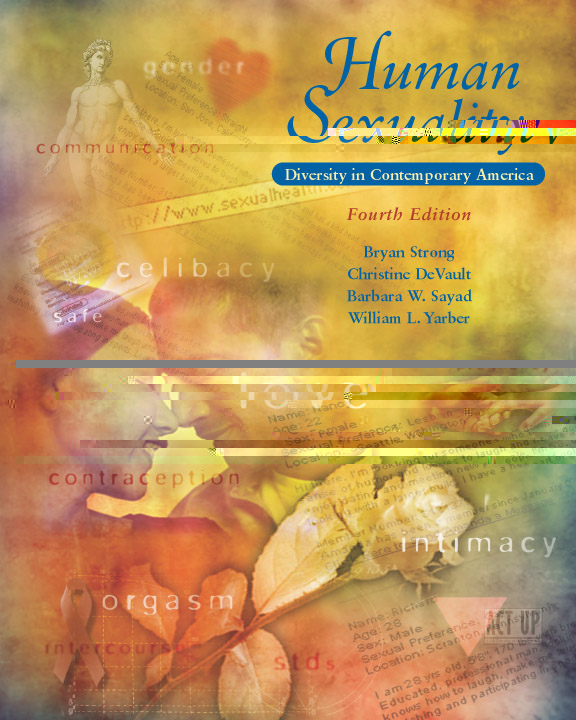 |  Human Sexuality: Diversity in Contemporary America, 4/e Brian Strong,
University of California, Santa Cruz
Barbara Werner Sayad,
California State University, Monterey Bay
Christine DeVault,
Cabrillo College
William Yarber,
Indiana University
Sexually Transmitted Diseases
Learning ObjectivesAt the conclusion of Chapter 15, you should be able to:
1Discuss why STD's are known as the hidden epidemic. |
 |  |  | 2Discuss the disparities in the incidence of STD's among males and females, different age groups, and racial and ethnic differences. |
 |  |  | 3List and describe the behavioral, social, and biological factors that contribute to the high incidence of STD's. |
 |  |  | 4List and describe the major STD's (chlamydia, gonorrhea, syphilis, genital warts, genital herpes, hepatitis, and urinary tract and vaginal infections) including incidence, symptoms, and treatment. |
 |  |  | 5Discuss factors involved in STD prevention, including risk taking, abstinence, and safer sex. |
 |  |  | 6Discuss the Tuskegee syphilis study and its impact on contemporary attitudes of African Americans toward public health agencies. |
 |  |  | 7Describe the mistakes that are sometimes made when using condoms. |
|



 2002 McGraw-Hill Higher Education
2002 McGraw-Hill Higher Education